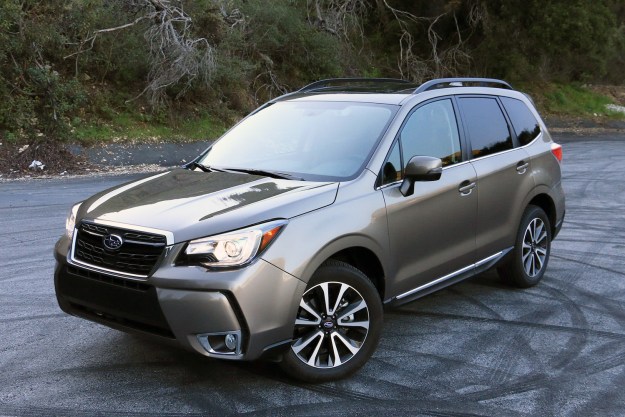It’s the recall campaign from hell and too many people aren’t responding. Toyota Motor North America (TMNA) and Carma Project want to give financial rewards to people who alert family and friends to the potentially life-threatening Takata airbag recall.
Despite notifications and warnings from automotive manufacturers, more than 14 million people drive unrepaired cars and trucks that are part of what the National Highway Traffic Safety Administration (NHTSA) calls “The largest and most complex safety recall in U.S. history.”
The NHTSA’s Takata airbag recall, in force since 2013, still has a long way to go. Toyota projects by the end of 2019 more than 70 million airbags used in vehicles from 19 different auto manufacturers will be recalled.
In an effort to hasten recalled airbag repairs, TMNA partnered with Carma Project in a social and incentive-based program. The Carma Project uses word-of-mouth notifications from Ambassadors in a program designed as a game to incentivize people.
“We know that friends and family can play a powerful role in influencing how people make decisions about safety,” said Toyota Motor North America’s Vice President of Product Quality and Service Support Tom Trisdale. “Our partnership with Carma Project is designed to motivate and incentivize people to share critical information about the recall, including how to get the remedy for free.”
Here’s how the program works. The Carma Project rewards Ambassadors for various tasks with CarmaCoin. Once you earn at least 500 CarmaCoin, your personal CarmaCard is unlocked on Bitmo. As your CarmaCoin balance grows, you can exchange it for gift cards from Bitmo partners.
When you first sign up to be an Ambassador, the Carma Projects awards CarmaCoin when you complete tasks such as learning about the Takata Recall and looking up your own vehicle.
After you’ve completed the training steps, you earn CarmaCoin in two ways: Every time someone you’ve alerted to the recall makes an appointment to have the recall repaired, you get a reward. When the repair is completed, you receive an even greater reward. You can earn up to $55 in gift cards for each eligible vehicle you help get fixed.
Carma has a tool that lets you search the NHTSA recall database with a license plate smartphone photo. You can also manually enter a vehicle identification number (VIN), which in the U.S. is visible by looking through the windshield for a plate with the number on the top front edge of the dashboard on the drivers’ side.
If the vehicle you look up is part of the Takata recall and has not been repaired, you’ll see a screen that looks like this (without the VIN smudged out):

Join the Carma Project by signing up with your name, email address, and phone number. You can also access the NHTSA directly to check a vehicle’s recall status via VIN.
Editors' Recommendations
- Ford recalls nearly 1.9 million Explorer SUVs over safety issue
- Latest Tesla recall shows a need for better nomenclature
- Ford recalls over half a million vehicles over safety issues
- Tesla recalls nearly a half a million vehicles over safety issues
- Hyundai recalls nearly half a million Tucson SUVs over fire risk




